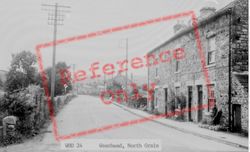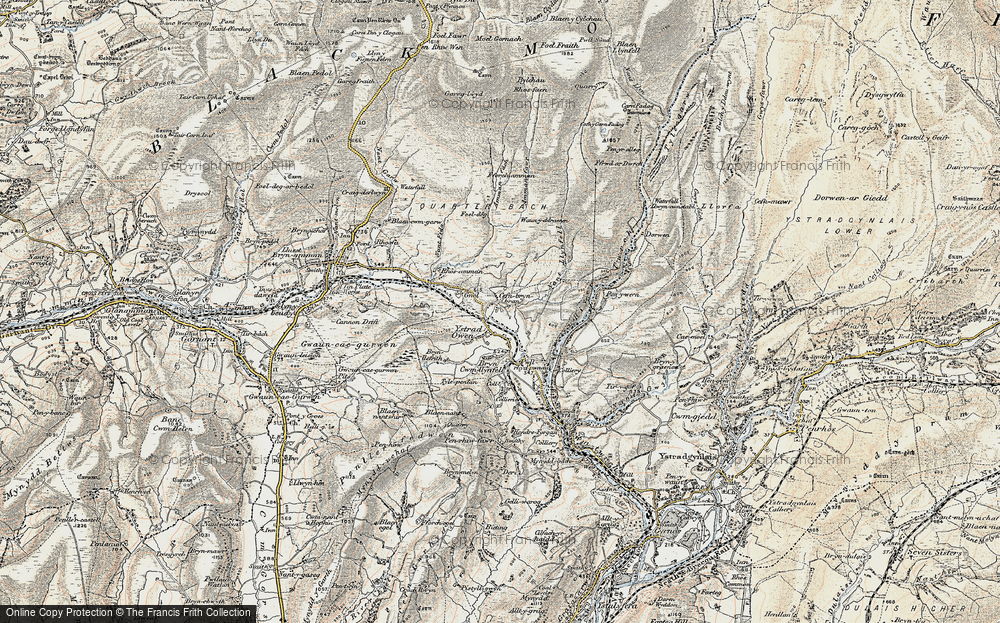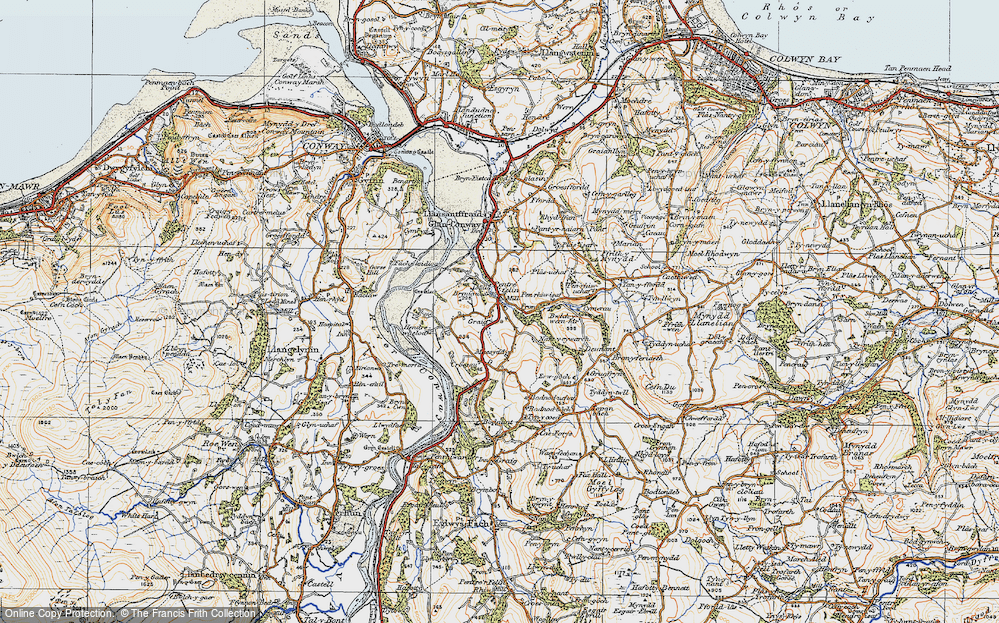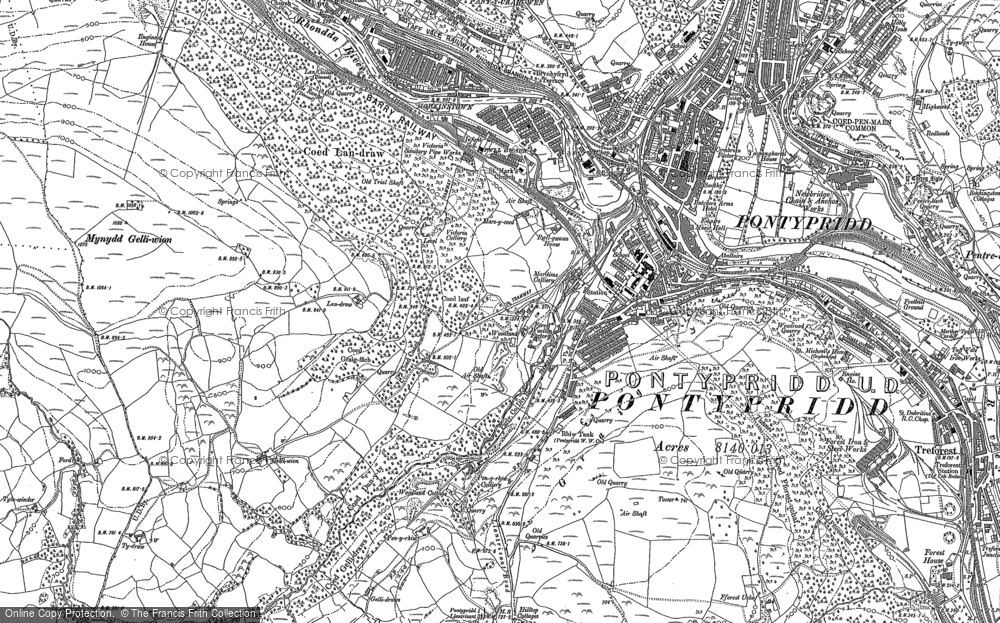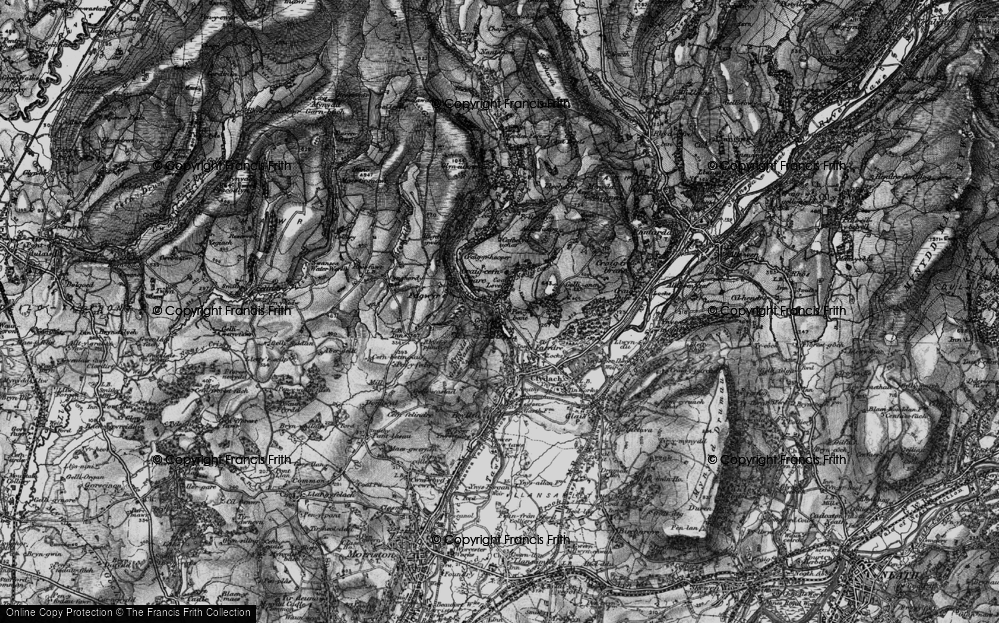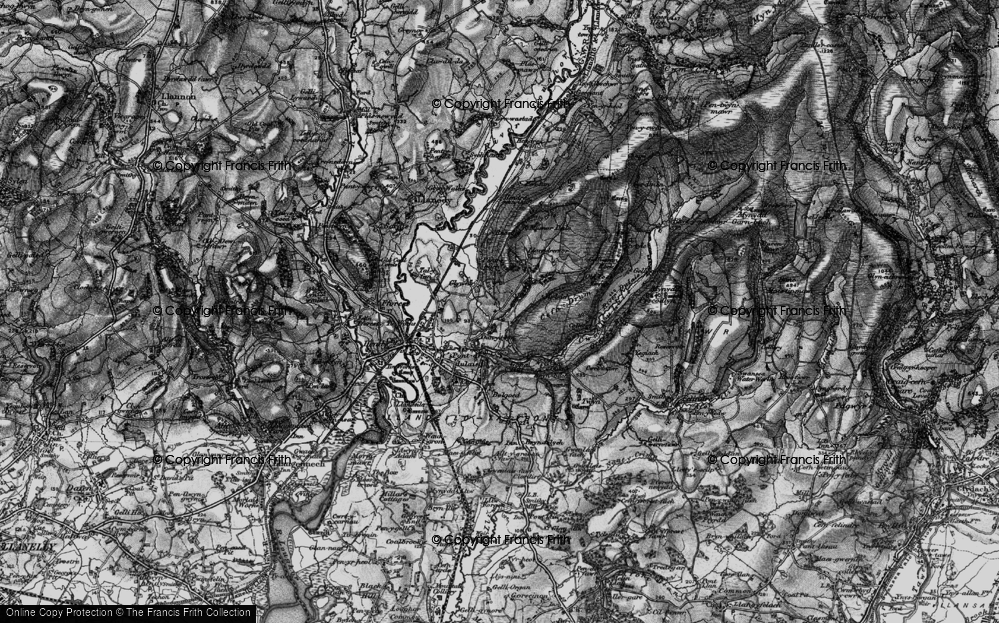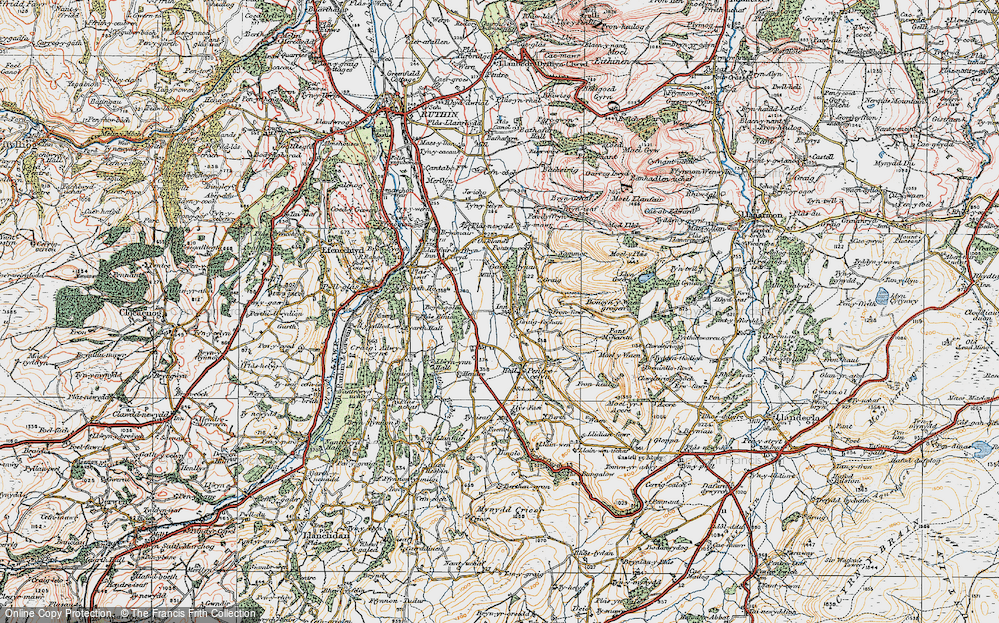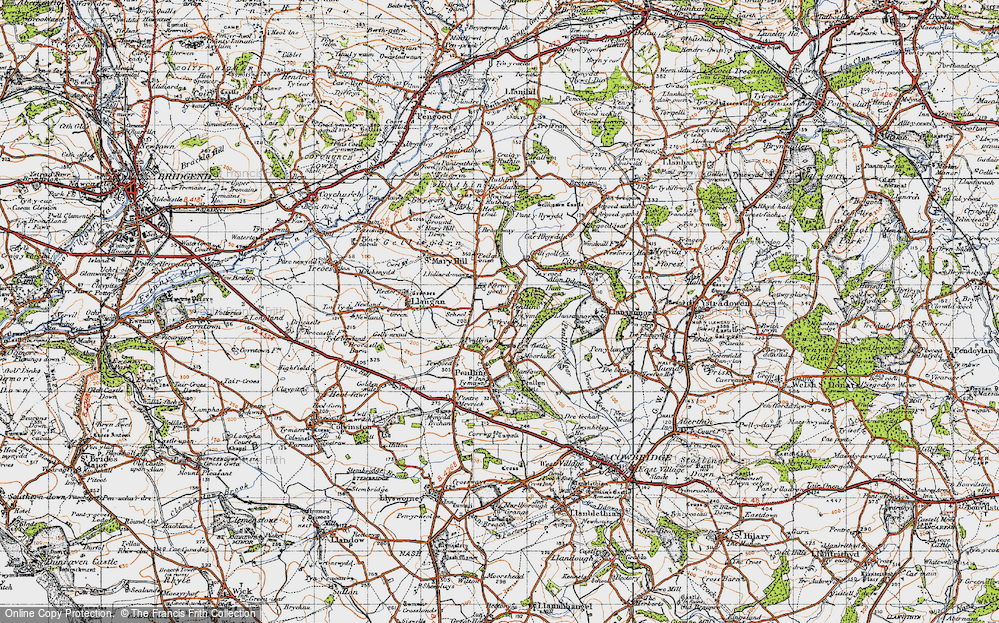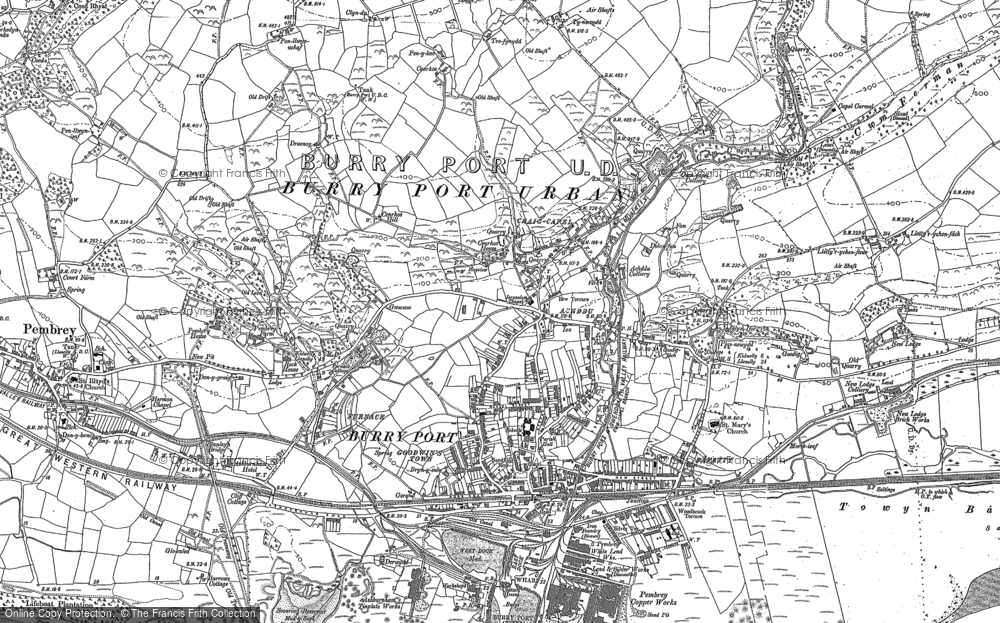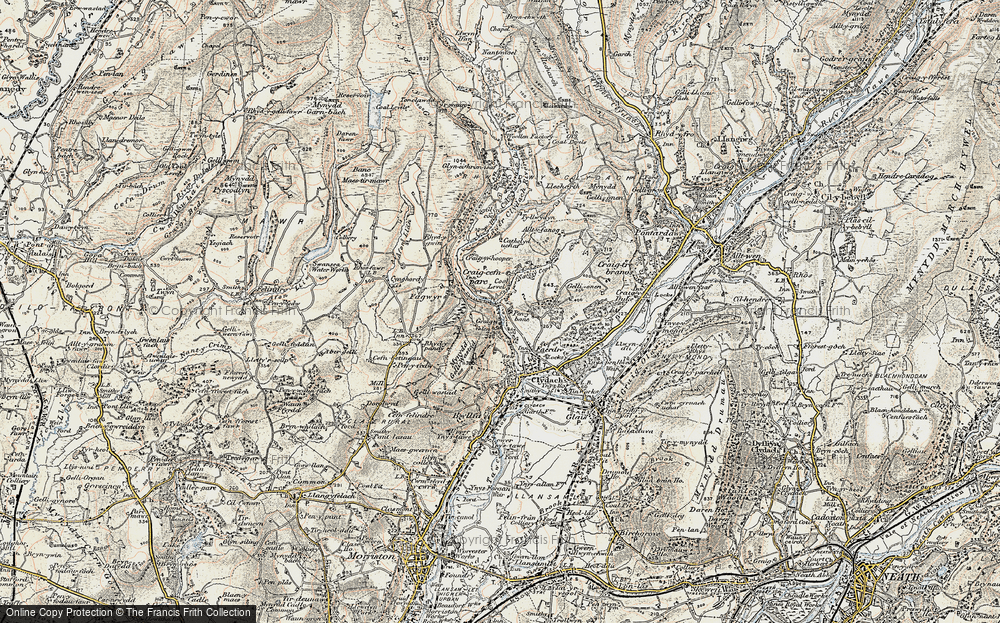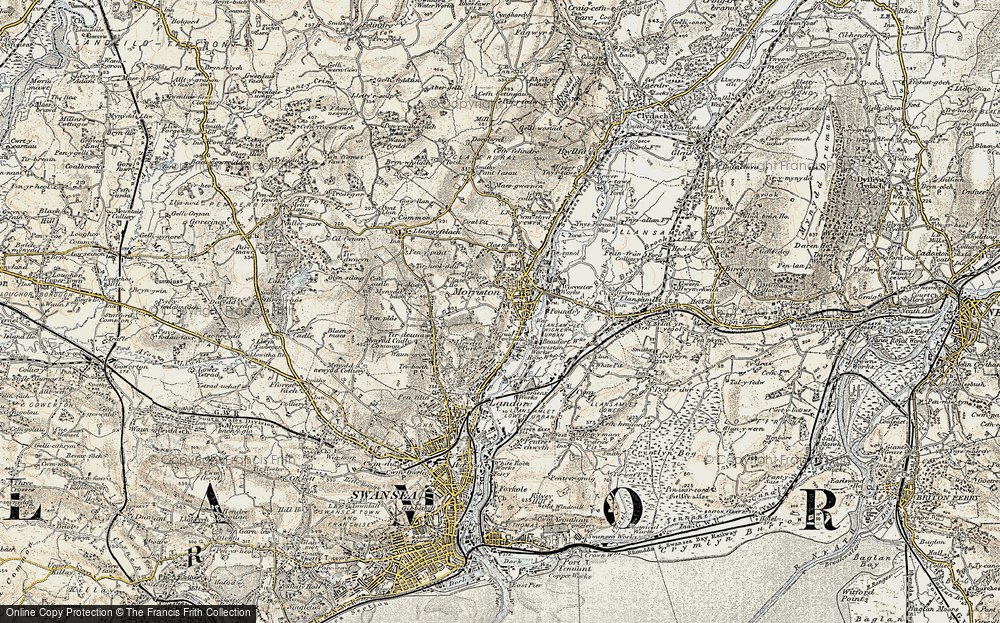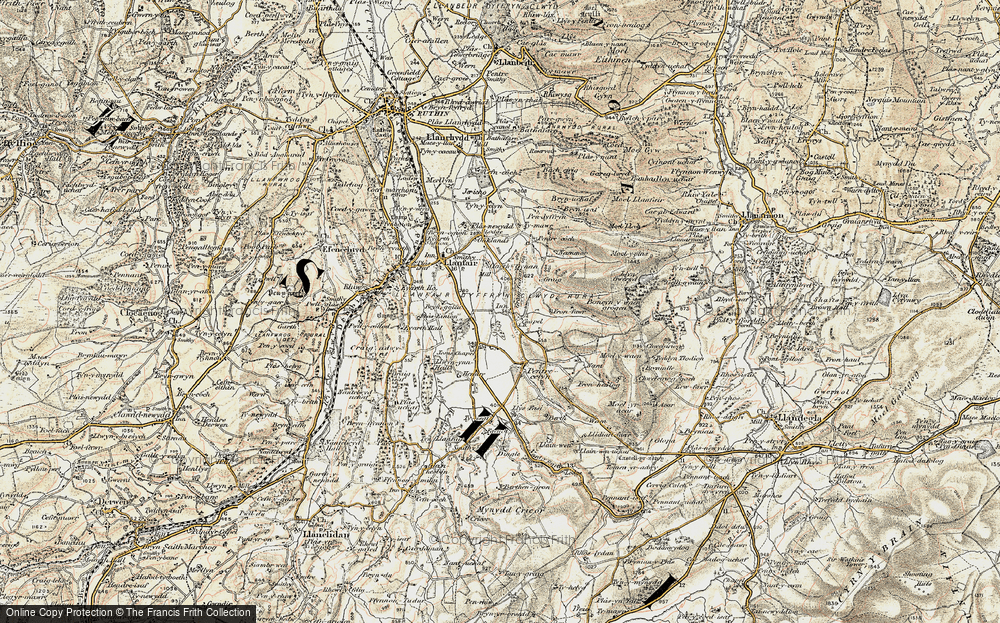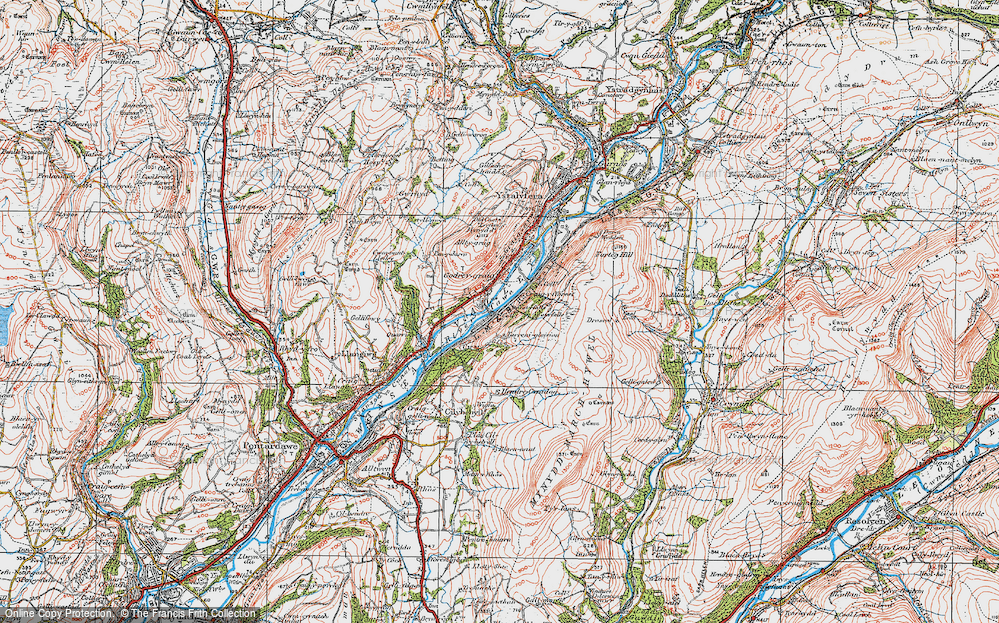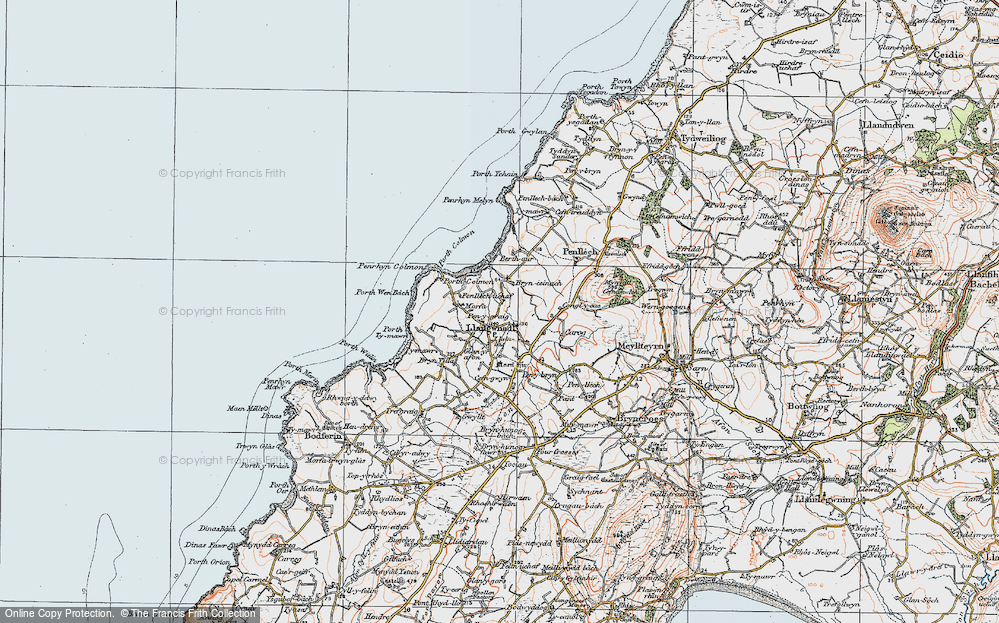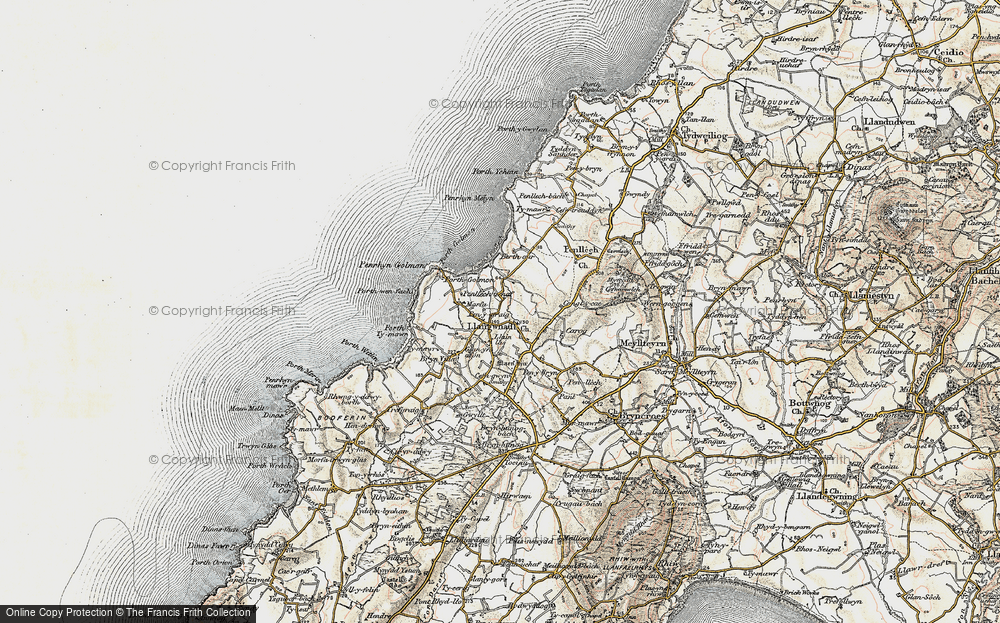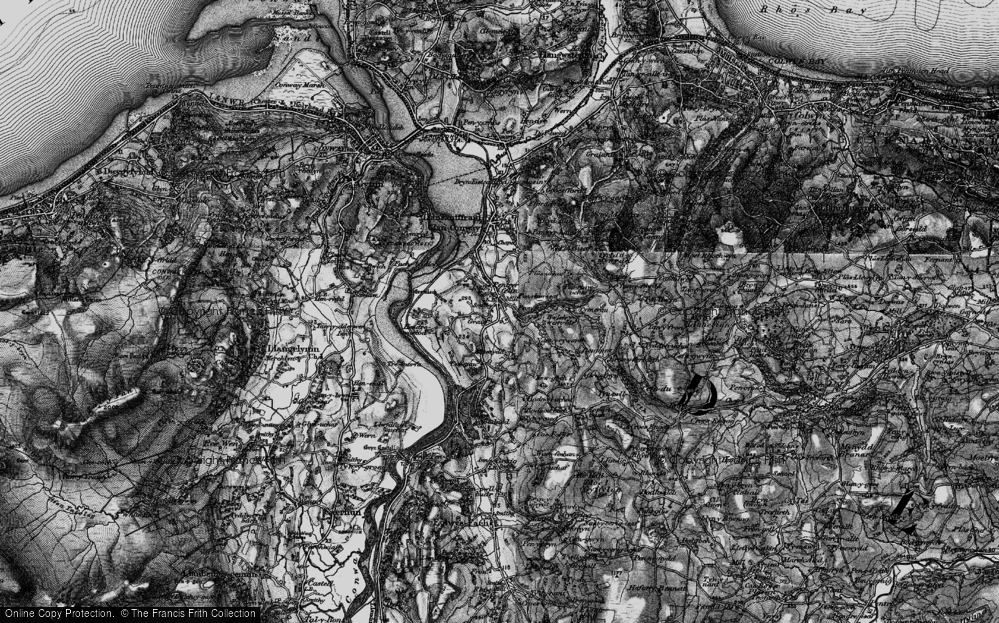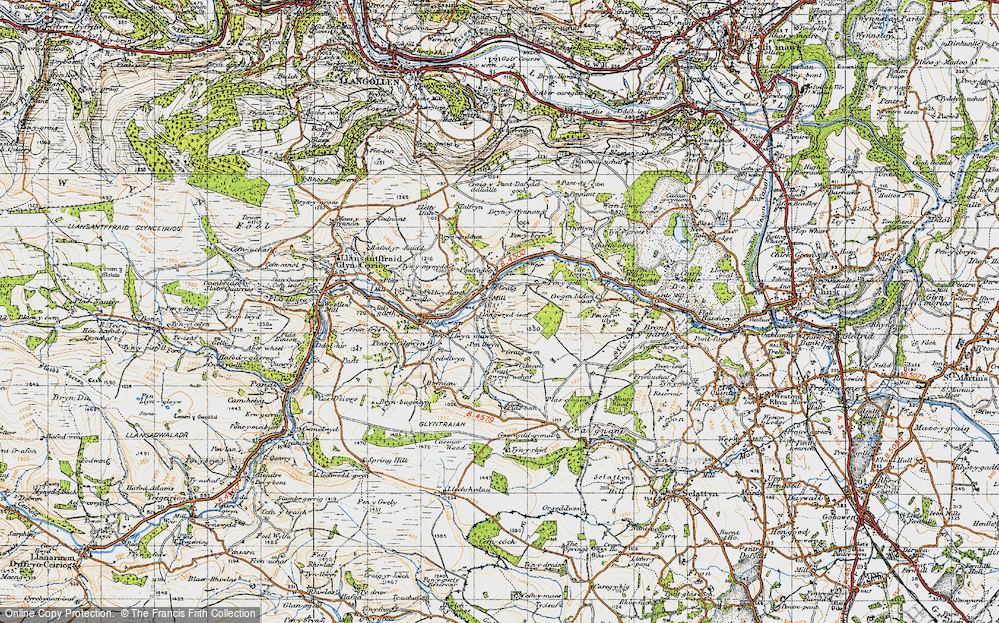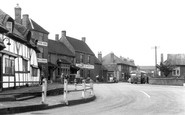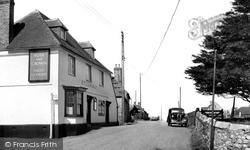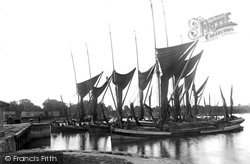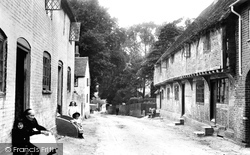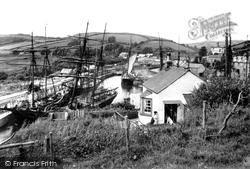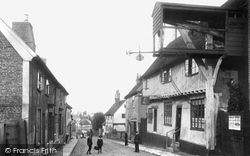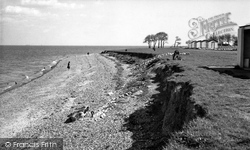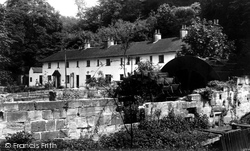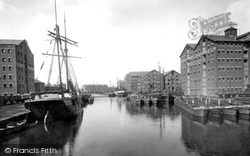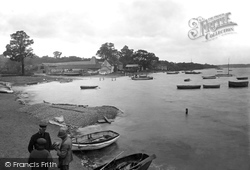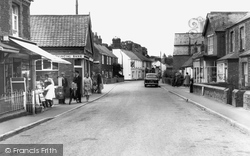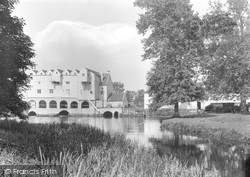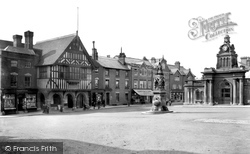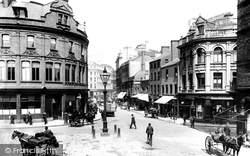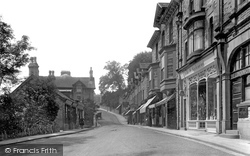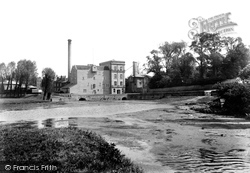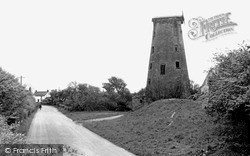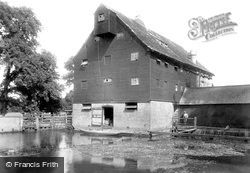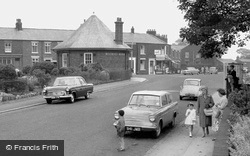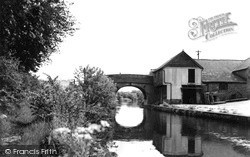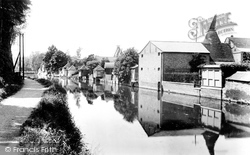Places
3 places found.
Those places high-lighted have photos. All locations may have maps, books and memories.
Photos
21 photos found. Showing results 21 to 21.
Maps
67 maps found.
Books
Sorry, no books were found that related to your search.
Memories
83 memories found. Showing results 11 to 20.
Avonmouth Docks And Bocm Silcocks
In 1977 I finished a Teacher Training Course at Redland College in Bristol. I was in need of a temporary job and was to find one in Avonmouth Docks where BOCM Silcocks (who had produced animal feed from grain and ...Read more
A memory of Avonmouth by
Next Best Thing To The Toy Shop!
The next best thing to the toy shop was Guyatts Pet shop, almost at the top of Queens Road on the right hand side of the street. On the right hand side of the shop was a pathway that lead to a back yard that ...Read more
A memory of Buckhurst Hill by
Memories Of Sandy
I lived in Sandy between about 1963 and 1979 and have seen changes even in that short time. It was a fairly quiet village when we first came in spite of the adjacent A1. I went to St Swithuns school in St Neots Road, then Sandy ...Read more
A memory of Sandy by
Anstey Born And Bred
I was born in Hollow Road in 1944. I then lived in Forest Gate and Cropston Road where I lived until I got married in 1966. I have one brother Bill and two half brothers Charles and Keith and two half sisters Susan and Jane. I ...Read more
A memory of Anstey by
Argent Street Grays
I too, was born in Argent Street, No 85, next door to Potters Shop. Only the alleyway divided our house from them, and two doors away from The Castle. I have fond memories of growing up in the early sixties, and my adventures ...Read more
A memory of Grays in 1958 by
Ark In The Square: Polesworth
I had heard so much about this village & surrounding areas from my father, Arch Wallbank, who was born 1896 @ 46 Watling St. the corner of New st. he left for NZ in Oct. 1913 & died Auckland 1965.. My Knight ...Read more
A memory of Polesworth by
Gainsborough
The Gainsborough today is not the Gainsborough of my youth. It was a busy market town with a very busy market on Tuesdays and Saturdays. A lot of farmers came into town on a Tuesday to take care of their business, a quick pint ...Read more
A memory of Gainsborough by
Growing Up
I was born on the 24th of July 1929 above a shop next to a pub called the Rose of Denmark, in Hotwells, Bristol, very convenient for Father to wet his whistle and my head at the same time. Father was born in 1893, Mother in 1895. They ...Read more
A memory of Bristol in 1930 by
St James Roadisle Of Grain
I used to live in 33 St James road as a child and was looking for friends from my old school, St. James Primary, when I stumbled across this site. I have fond memories of Grain, the Cat and Cracker and also the ...Read more
A memory of Isle of Grain by
The Tramp
Does anyone remember The Tramp. It's quite likely that he wasn't a tramp at all but that's what we called him, although we never spoke to him nor did he ever speak to us. He became an almost daily fixture adding to the intrigue ...Read more
A memory of Buckhurst Hill by
Captions
68 captions found. Showing results 25 to 48.
Its close grain made it eminently suitable for a variety of turned objects, and its pliability was much exploited in the manufacture of chairs.
Today, once away from these few houses, you cannot avoid the dominating presence of the Isle of Grain power station chimney.
The main cargoes brought into Ipswich were grain, barley, coal and timber.
Vessels plied the waterway carrying grain, coal, malt and farm pro- duce. However, the canal’s fortunes were never particularly good and eventually the western end was filled in.
The fine-grained elvan stone quarried here was once much in demand for the rebuilding of churches.
The covered hoist is a steelyard, used for weighing grain wagons from the early 17th century to the 1880s.
Set between the Thames and the Medway, Grain was once an island. Now it is connected to the mainland by road.
The covered hoist is a steelyard, used for weighing grain wagons from the early 17th century to the 1880s.
This small landing bay off the Thames estuary near the Isle of Grain is popular with fishermen and amateur sailors.
It was used at various times for fulling, paper making and pressing coinage, as well as for grinding grain. In the 19th century, it ground gypsum.
The Llanthony warehouse is on the right, housing Wait James and Company; similar companies would store salt and grain from all over the world, and even hire out sacks.
The maltings (centre) are a reminder of the days when grain was unloaded into the barges here en route for Ipswich.
The railway from Heacham to Wells was a lifeline for the export of local grain, vegetables, bricks and shellfish for metropolitan markets.
The diagonal chute pours milled grain straight into barges and wherries. This picturesque view has been painted by many artists, and is considered equal to Constable's Flatford on the Stour.
By the middle of the 19th century, the farms around Saffron Walden had largely converted from sheep to grain. The Corn Exchange (right) replaced the old Woolstaplers' Hall in 1849.
Since the famine and the ending of the restrictive corn laws, grain was largely an import handled by a number of merchants. The curved building on the left is brand-new.
The town is named after the grange, or storage place for grain, belonging to the monks of Cartmel Priory.
The tall silo above the granary fed grain down the chute and over the road into the mill. The chimney, silo and granary hoist have all gone.
The mound in front of it marks a kiln that was used to dry the grain.
The Abbey was landlord to the local farmers, and had the power to insist they brought their grain here to be milled - they were fined if they didn't!
Grain, slate and coal were once brought to Freckleton Naze, and ocean-going ships were built at the shipyard, which was established in 1814, but the big event of the village now is Club Day in June.
The mill could take advantage of the canal for carrying its grain and flour all over the country.
The overhanging lucam was used to hoist sacks of grain from a cart directly up into the bin floor. A brick arch to the right of the picture carries the London to Brighton main line railway.
From here, the grain barges would travel to London and return with cargoes of coal, helping to make Ware prosperous from the 18th century onwards.
Places (3)
Photos (21)
Memories (83)
Books (0)
Maps (67)


